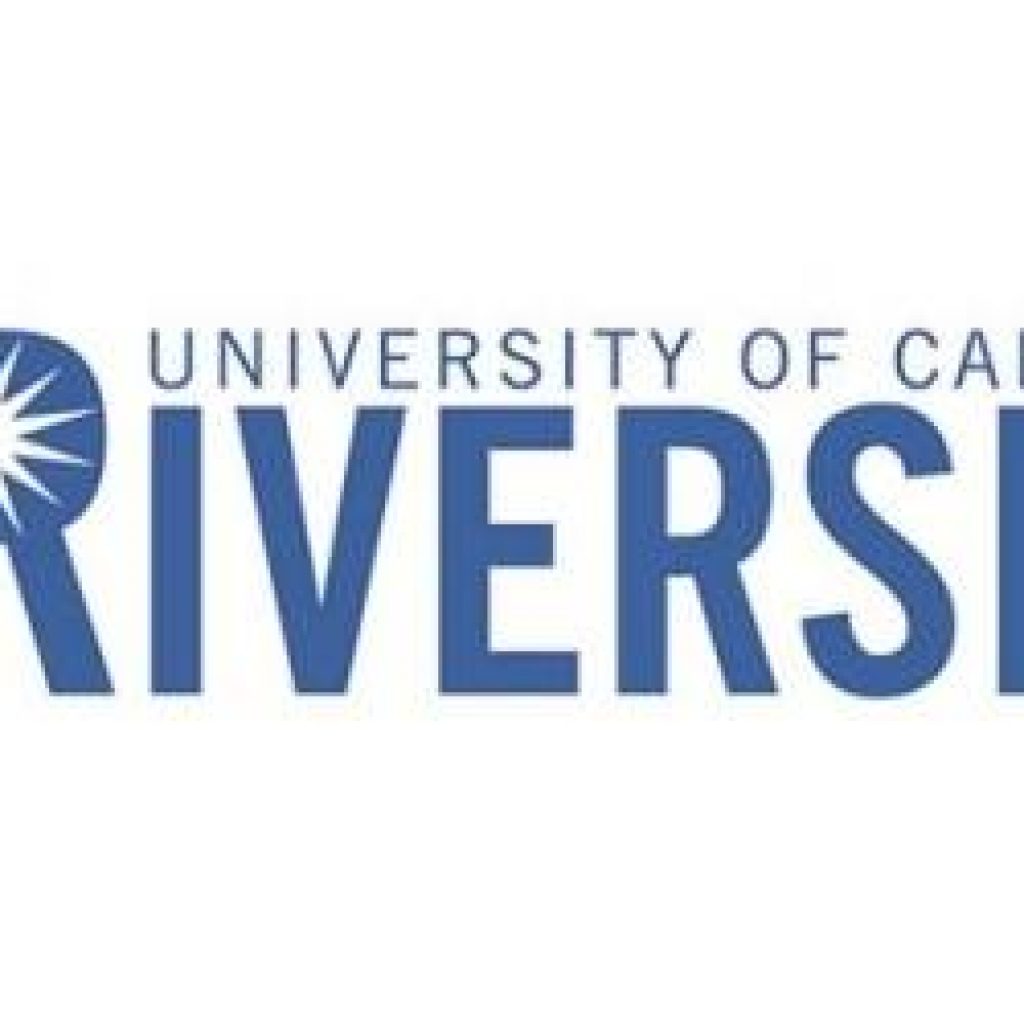(InsideUCRiverside) wireless communications are essential. But due to the open nature of wireless transmissions, information security is a unique issue of challenge. The widely deployed methods for information security are based on digital encryption, which in turn requires two or more legitimate parties to share a secret key. The conventional solution to this challenge is to use the public-key infrastructure, or PKI, for secret key distribution. Yet, PKI is based on computational hardness of factoring, for example, which is known to be increasingly threatened by quantum computing.
In order to provide Internet coverage for every possible spot on the planet, such as remote islands and mountains, a low-orbiting satellite communication network is rapidly being developed. A satellite can transmit or receive streams of digital information to or from terrestrial stations. But the geographical exposure of these streams is large and easily prone to eavesdropping. For applications such as satellite communications, how can we guarantee information security even if quantum computers become readily available in the near future?
UCRiverside’s Yingbo Hua’s Lab of Signals, Systems and Networks in the Department of Electrical and Computer Engineering, which has been supported in part by Army, has aimed to develop reliable and secure transmission, or RESET, schemes for future wireless networks. RESET guarantees that the secret information is not only received reliably by legitimate receiver but also secure from eavesdropper with any channel superiority.
In particular, Hua’s Lab has developed a physical layer encryption method that could be immune to the threat of quantum computing. They are actively engaged in further research of this and other related methods.
For the physical layer encryption proposed by Hua’s lab, only partial information is extracted from randomized matrices such as the principal singular vector of each matrix modulated by secret physical feature approximately shared by legitimate parties. The principal singular vector of a matrix is not a reversible function of the matrix. This seems to suggest that a quantum computer is unable to perform a task that is rather easy on a classical computer. If this is true, then the physical layer encryption should be immune from attacks via quantum computing. Unlike the number theory based encryption methods which are vulnerable to quantum attacks, Hua’s physical layer encryption is based on continuous encryption functions that are still yet to be developed.
UC Riverside Lab Develops Physical Layer Encryption Method that Could Be Immune to Threat of Quantum Computing
